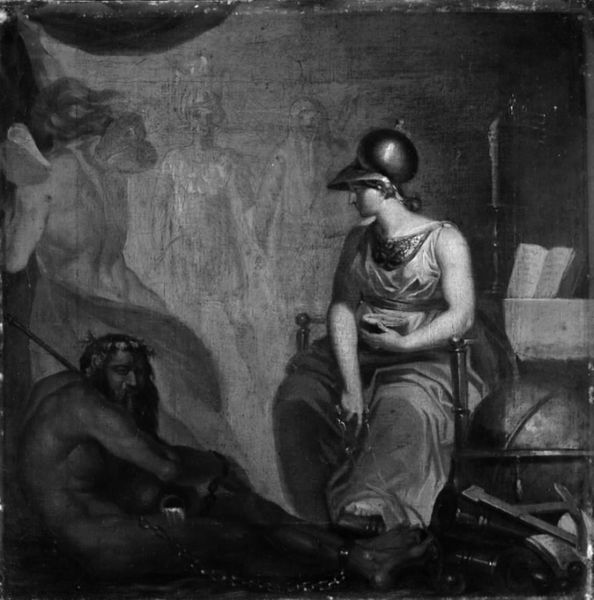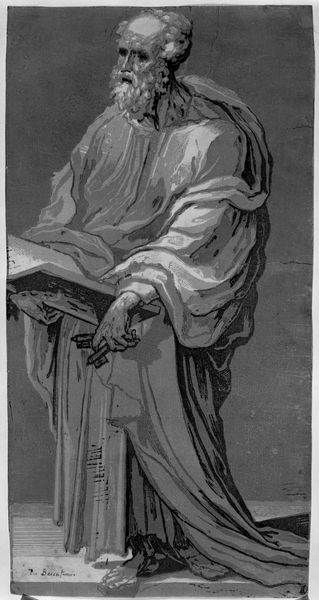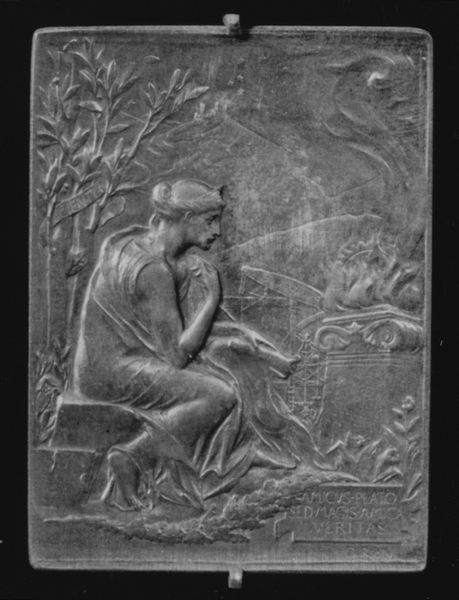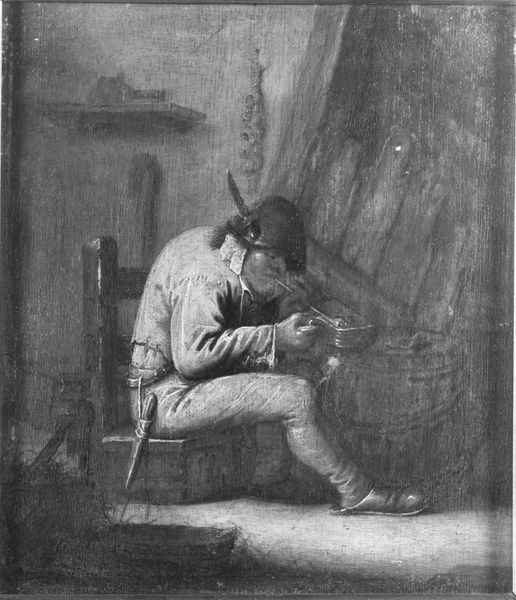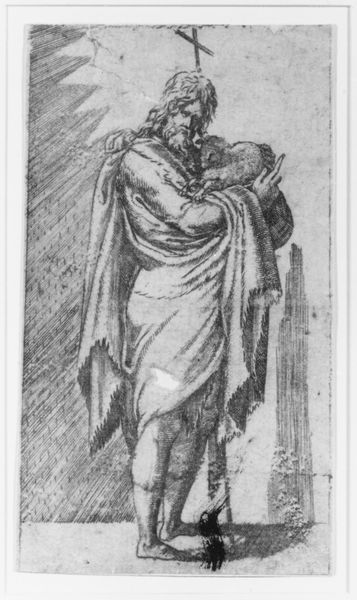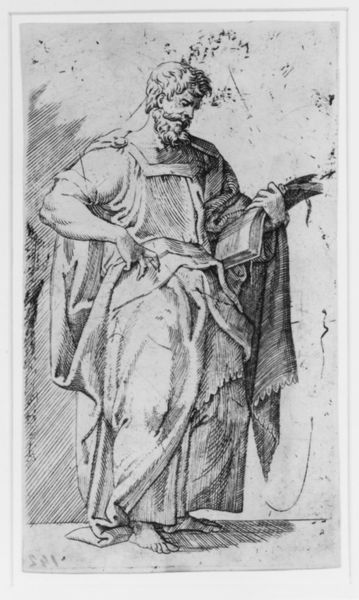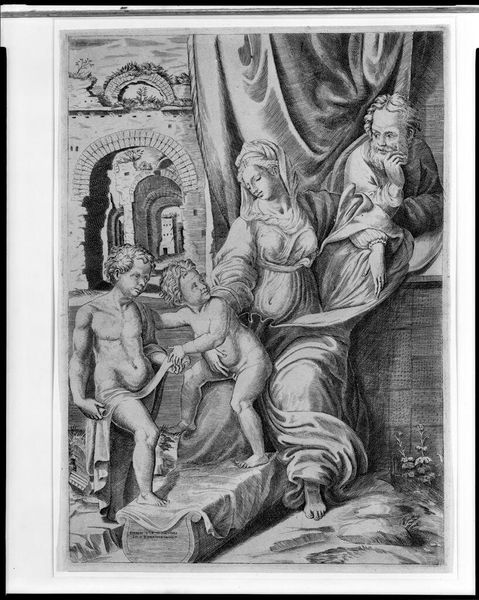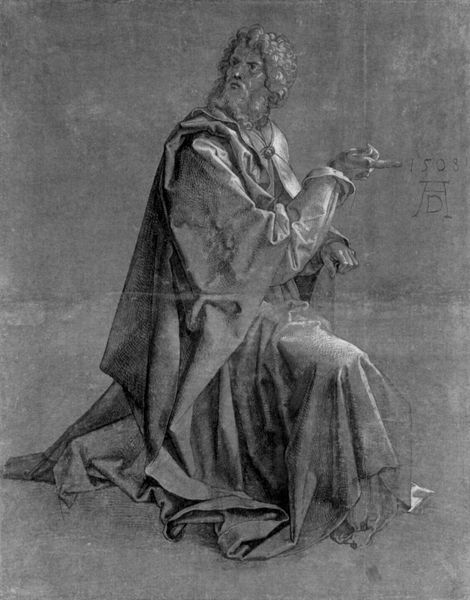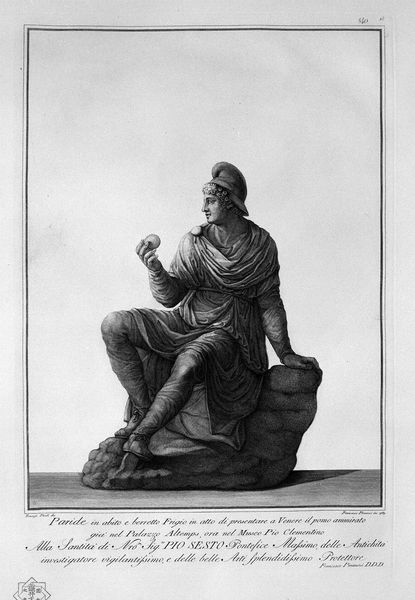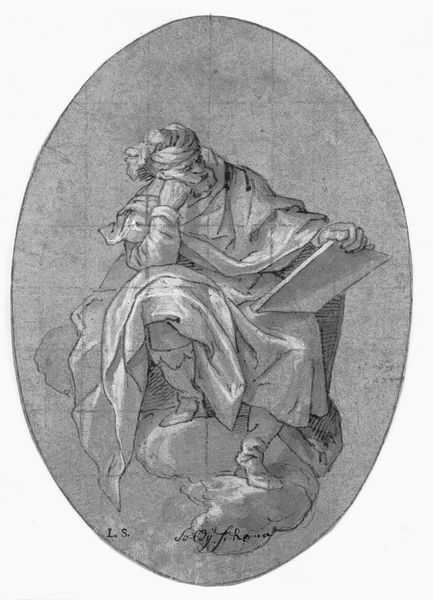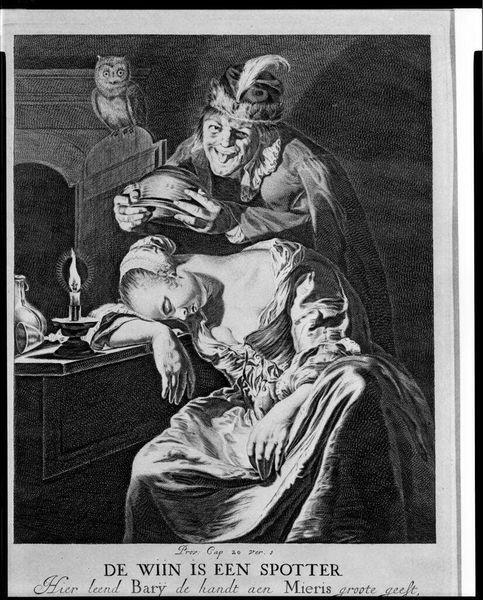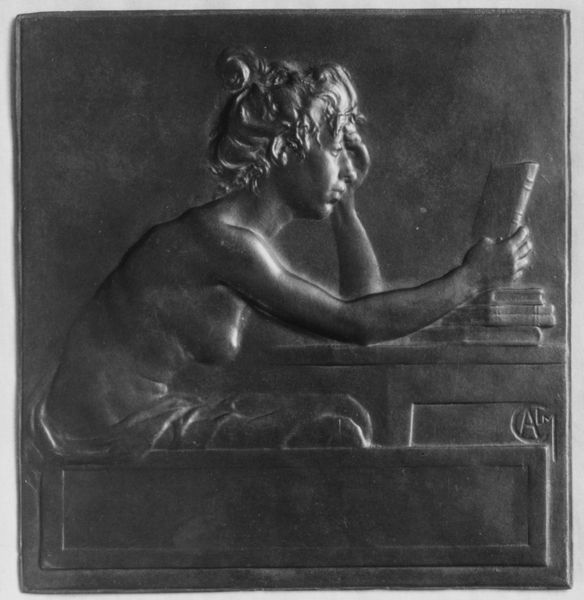
In Honor of Henry Lozé, Prefect of Police of Paris 1892
0:00
0:00
relief, bronze, sculpture
#
portrait
#
medal
#
sculpture
#
relief
#
bronze
#
sculpture
#
men
#
history-painting
#
academic-art
#
decorative-art
Dimensions: 2 3/8 x 1 3/4 in. (60 x 44 mm.)
Copyright: Public Domain
Curator: This bronze relief by Louis-Oscar Roty, dating to 1892, is titled "In Honor of Henry Lozé, Prefect of Police of Paris," currently held at the Metropolitan Museum. It's remarkable how Roty manages to convey a sense of narrative within the constraints of the medal format. Editor: My first thought is that it’s not really about Lozé at all, but about this beautiful allegorical figure. I mean, look at the folds of her drapery, so tactile, almost sensuous in the coldness of the bronze. What’s the actual material, and what do we know about its casting? Curator: Bronze, a material choice rich in historical connotations itself. Think back to classical sculptures… As for its symbolism, this piece uses a common allegorical trope to elevate Lozé: the embodiment of vigilance. She embodies civic virtue through watchful gaze, acting as an eternal guardian. The city behind her and the text on the bottom of the medal serve as potent reminders. Editor: So, how does Roty’s piece play into the larger context of commemorative medals as objects of social prestige and currency? The labor and artistry involved… Curator: Well, medals were often commissioned to mark significant events or to honor individuals, as is the case here. Medals also circulate, and often served to transmit values within social and political spheres. Roty also seemed fascinated by themes such as "La Semuese" which, in its variations, became commonplace as symbolic devices reproduced on coinage during his lifetime. Editor: Absolutely. That’s the crucial element here: this wasn’t just about Lozé, but also the message circulated amongst a privileged audience, a message about order, law, and, frankly, power itself materialized through labor-intensive craftsmanship and this choice of bronze! The artist here participates in the dissemination of that order through his particular skillset, his understanding of what could resonate at the time. Curator: I agree. Roty isn’t just celebrating an individual. He’s reinforcing ideals. The shield with a boat—the emblem of Paris—situated next to the desk implies the protection of civic virtues is taking place even through written reports or documentation of some sort, under constant watch. I keep thinking about what the gaze of this allegorical figure means for us today. Is it an endorsement or an eternal question mark? Editor: Both. Isn't it fascinating how even seemingly straightforward honorific objects carry these echoes and subtle challenges when we begin to unravel their material and social threads? We can read so much from how something is made and circulated!
Comments
No comments
Be the first to comment and join the conversation on the ultimate creative platform.
